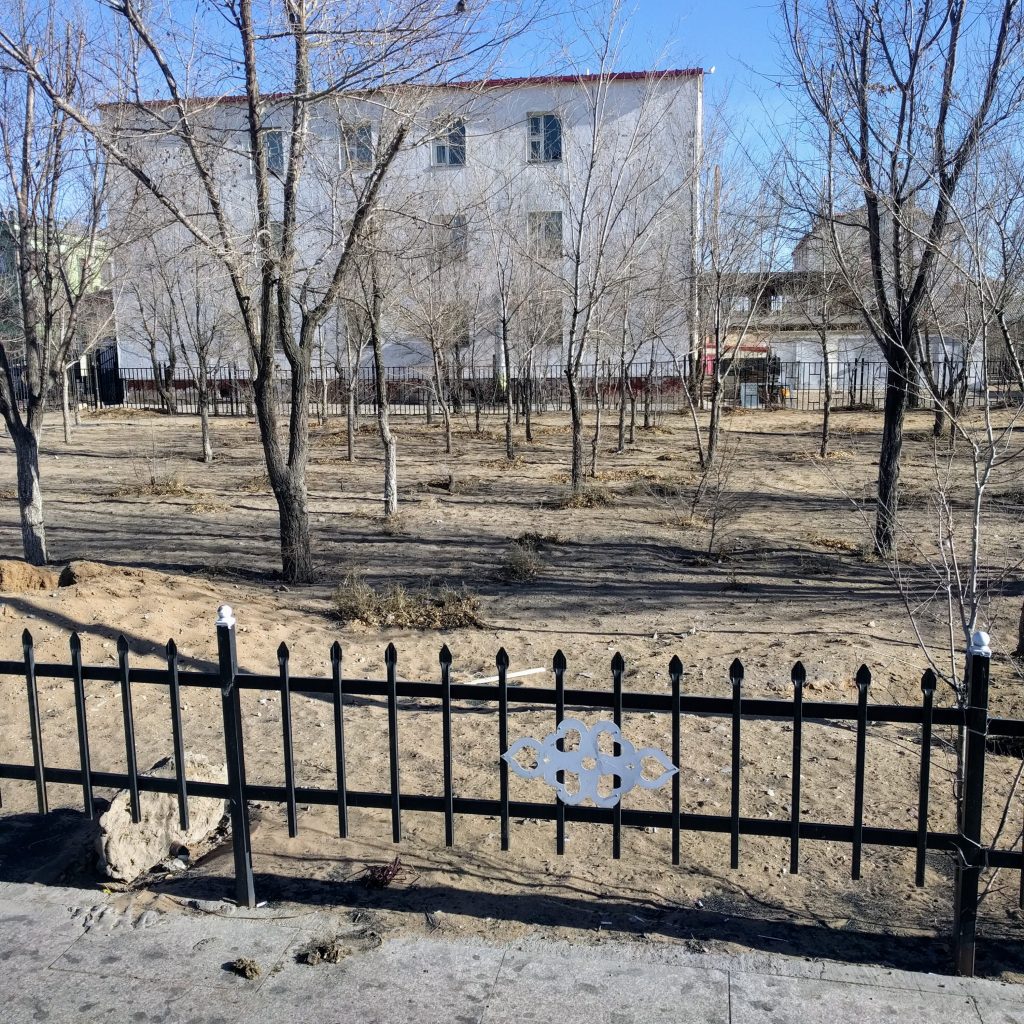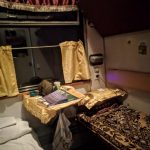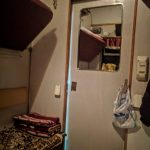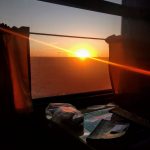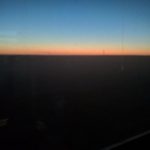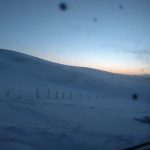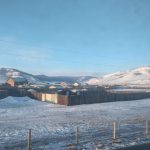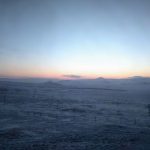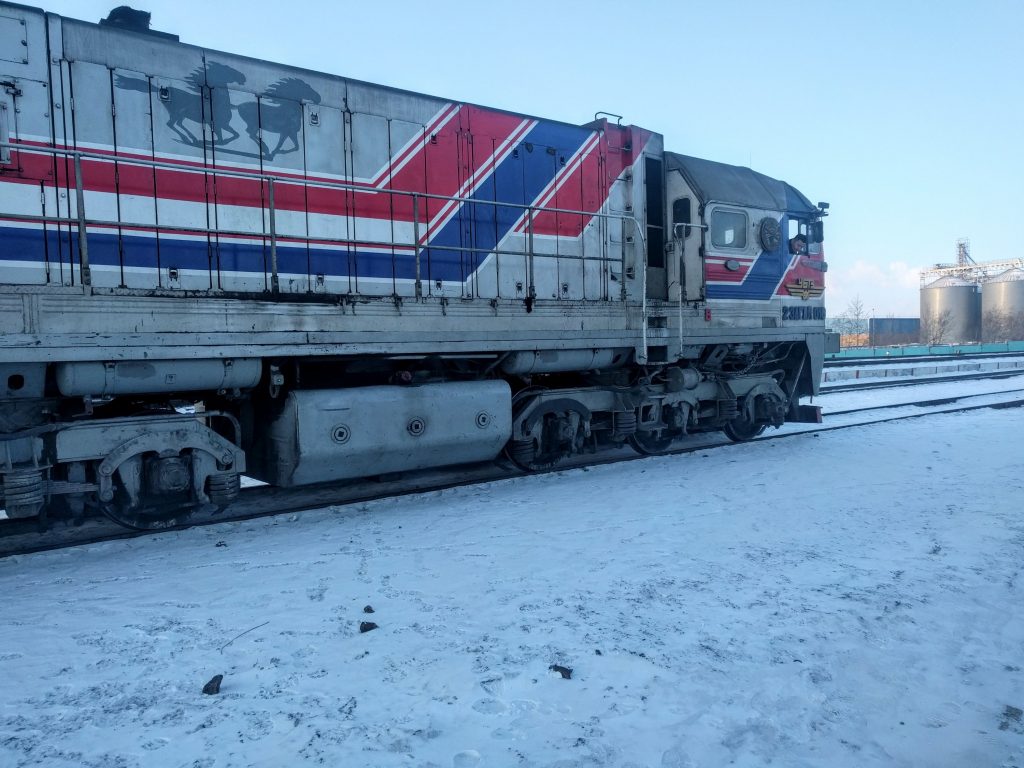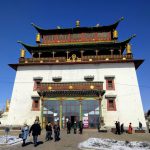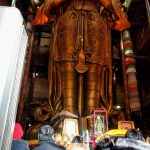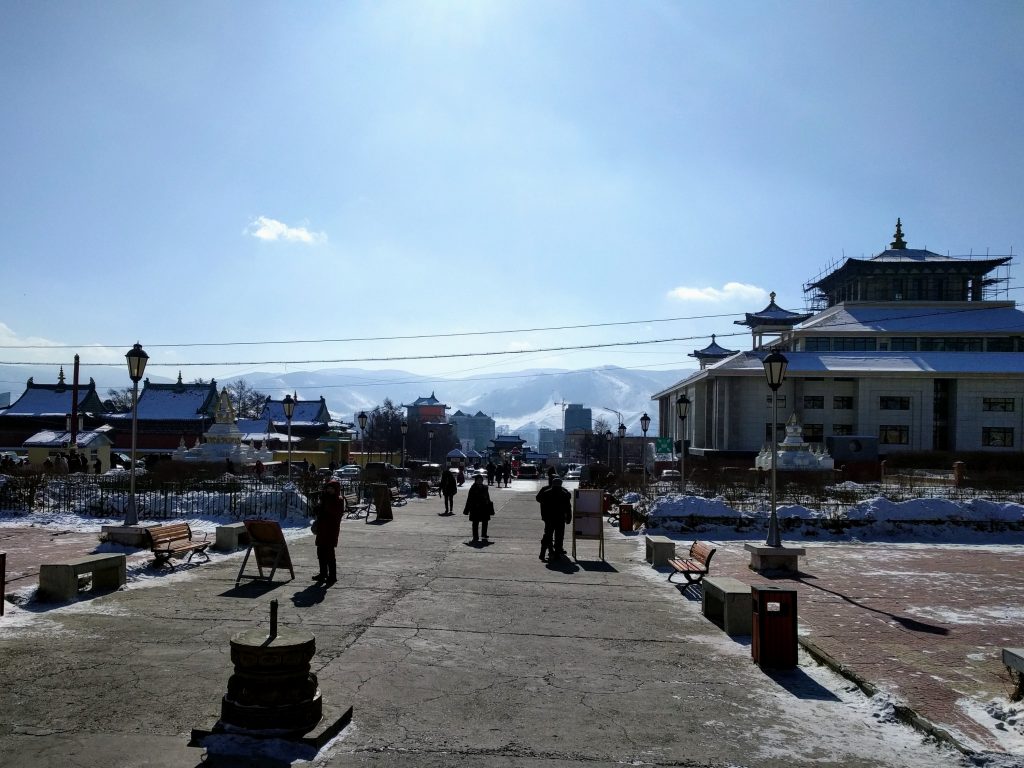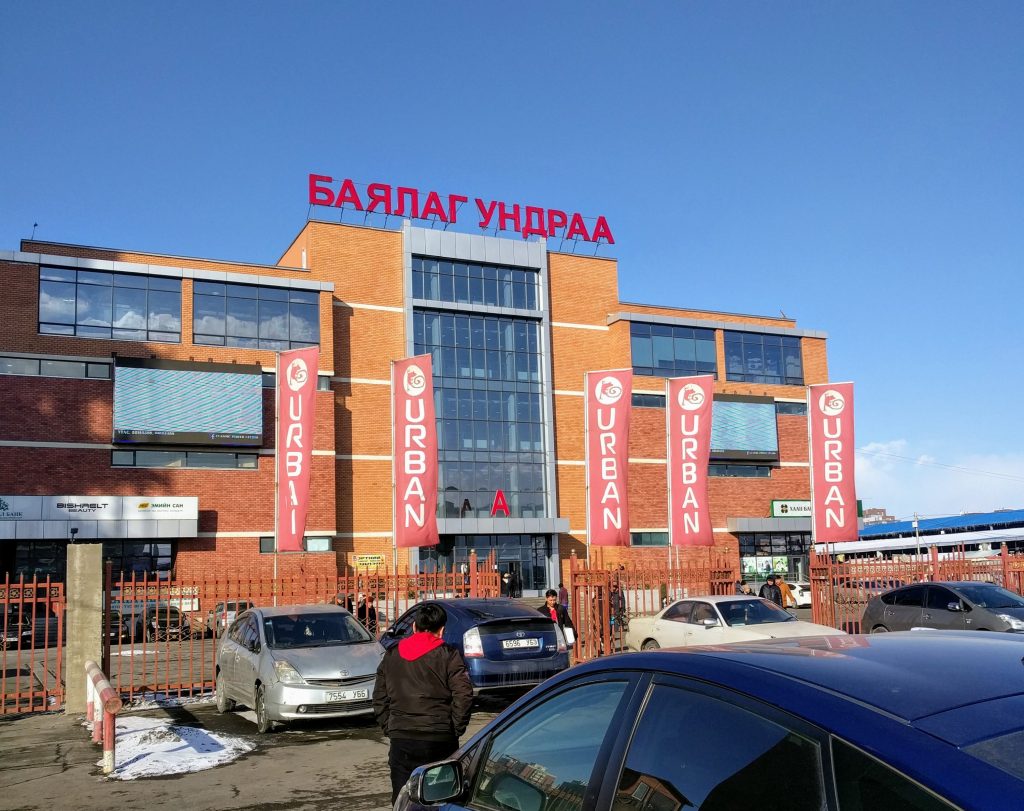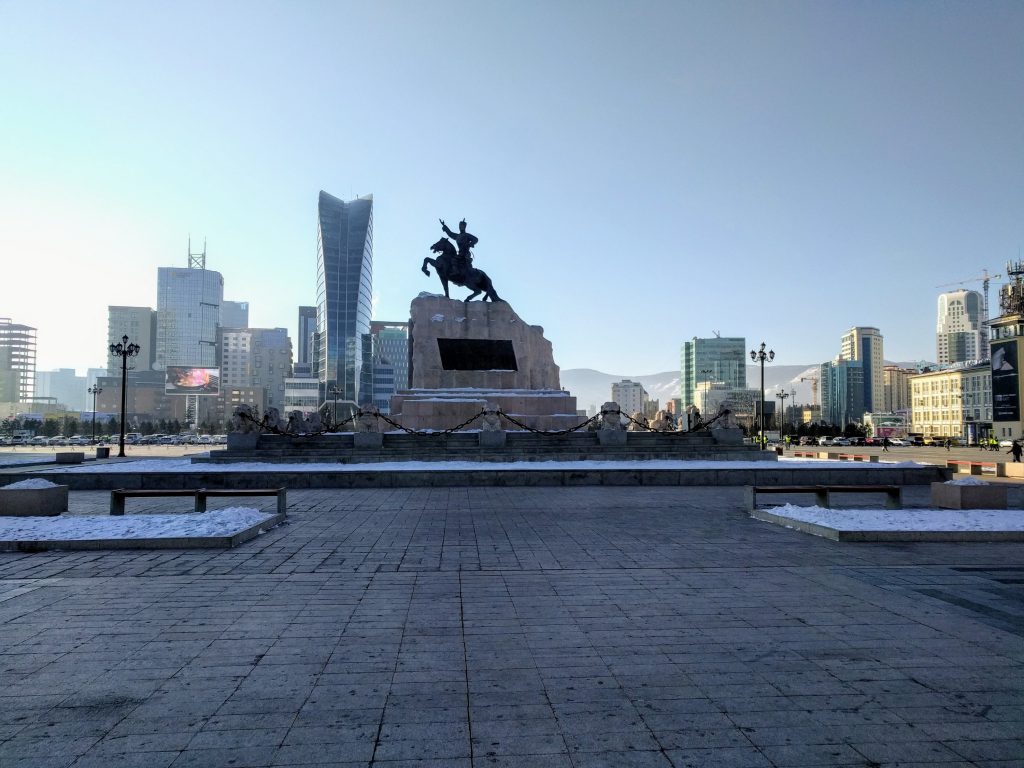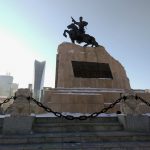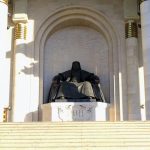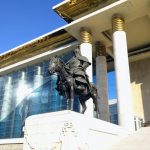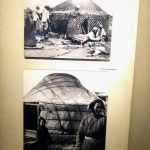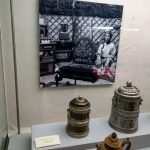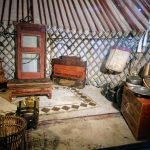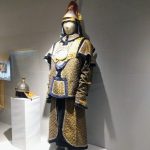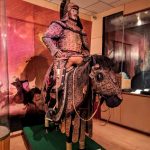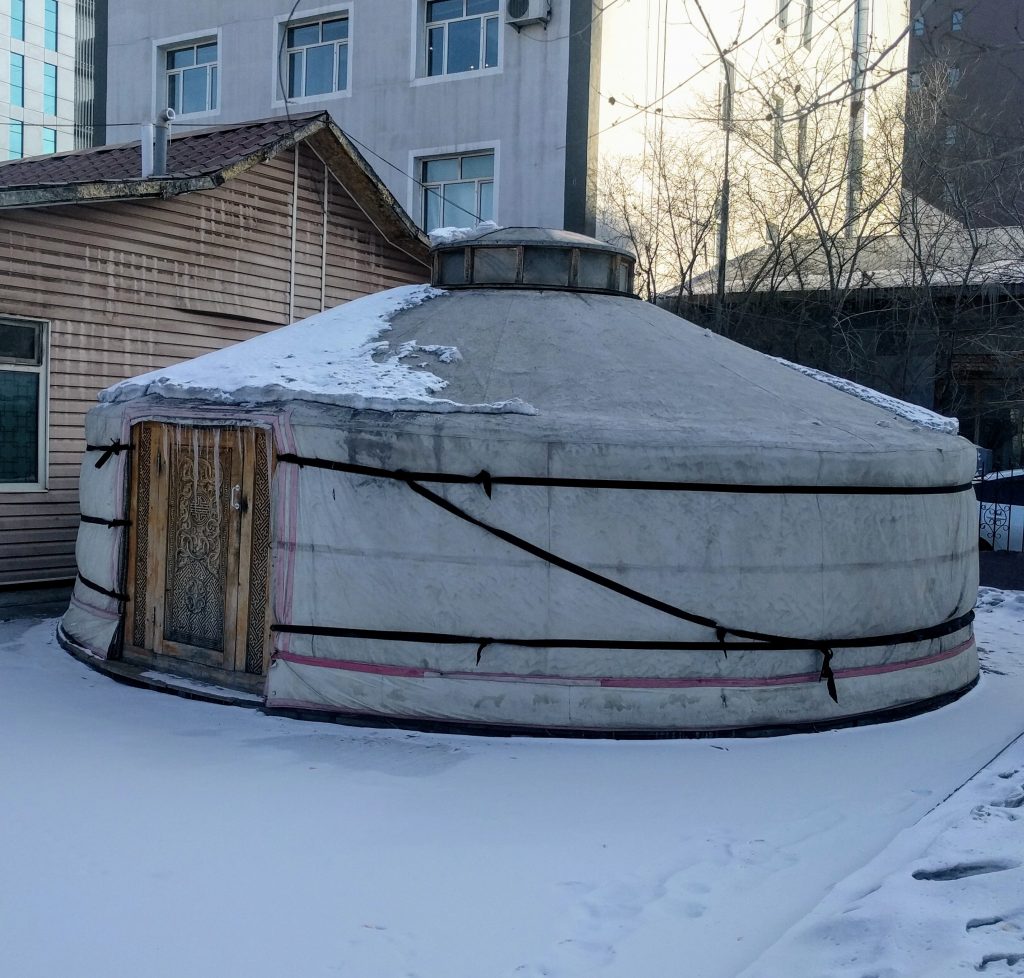There are some more pictures from Lake Baikal. As you can see my Russian friends are excellent photographers. I’m sure there are still yet more photos coming. Nicolai made a trip video, but I will have to figure out how to get it off the Russian equivilant of Facebook.
In Moscow I stayed with Natasha and Ivan at there house. Being recently married they furniture is a little lacking so I got a sleeping bag on the floor which was perfect for me. We took the metro and trains a lot to get around. The metro stations where usually quite beautiful. We went to the red square. I saw where Lenin’s body is and I got to see St. Basil’s! I guess Ivan the Terrible had the architects eyes removed after he built so he would never build anything as beautiful again. After the red square we went and visited Nicolai at his house and he had a giant monitor lizard in room. It’s apparently 4 meters long.. Nicolai is super interesting. He was at the best University in Russia, but dropped out and started the countries largest reptile supply company and he just recently co-founded a biotech accelerator. For the biotech accelerator he will be speaking in San Francisco this summer at a conference. I helped revise his English bio for the conference website.
Next day I went to the WW2 museum. It is always fun to see the perspective of other countries in historical events. A lot of the museum was in Russian, but from what I could get they felt they had a pretty big role in the victory. I’m not saying they didn’t, but they made Britain and the US seem like merely cheerleaders at times. The Soviet, by far, had most casualties and were the ones responsible for liberating most of the Holocaust camps. What they withstood defending the siege on Stalingrad was a real example of fighting spirit as well. On the other hand, it was actually really interesting to see some acknowledgement of the downfalls of the Soviet government and how they lead to some hardships in the war.
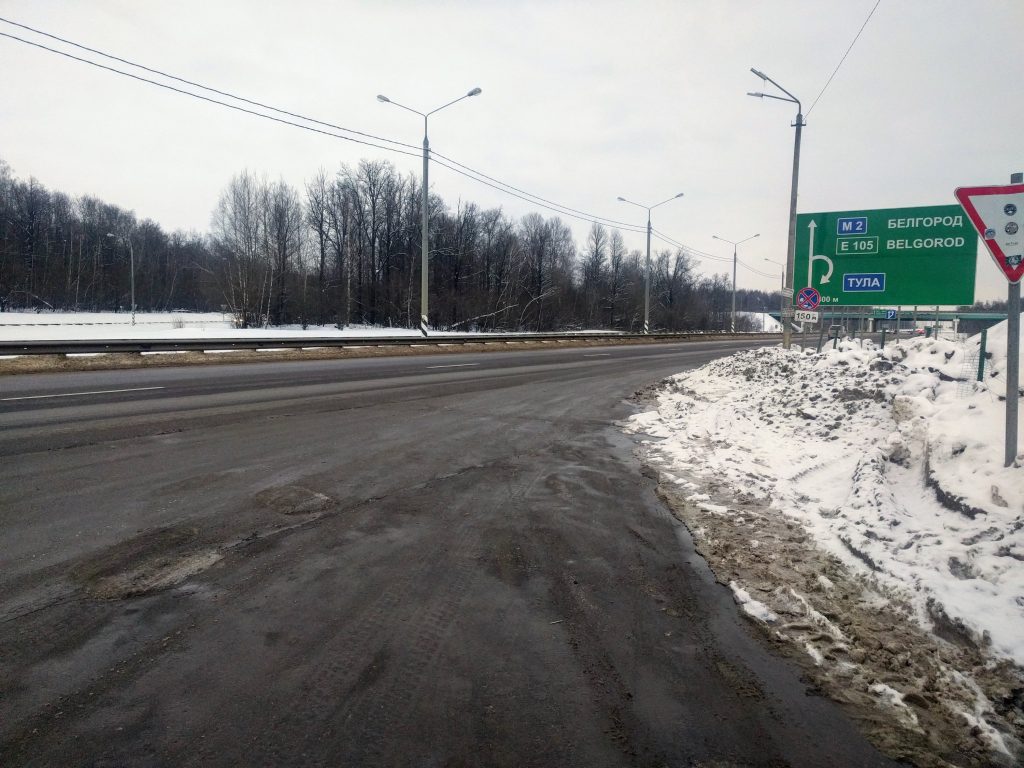
Then, the next day I took the bus to Kiev, Ukraine. That’s where I am at now. Waiting to head towards Budapest. I’ll have a couple connecting trains and tickets can’t be purchased in advanced so it’s all one step in front of the other! I kind of prefer that to planning ahead anyways.
The inside of this train station is pretty beautiful! I’m guessing built during the Soviet era. I also made it out to a cathedral just to see some of the city.
Now, I’m going to hurry to a market to buy some snacks for my journey before heading out! Until next time!
Bonus!!
I totally forgot about my experience at the border when I originally posted so here’s a little story on getting out of Russia and into Ukraine. The story comes straight from my personal journal.
Journal Excerpt:
The Russian border exit was rough. At first my backpack got stuck in the scanner and the guy there was yelling at me in Russian which I obviously didn’t understand. Then at the passport control I handed my passport to the lady and she didn’t even look at me before before saying a couple Russian phrases. Not understanding, she sent me back to the other side to wait. After waiting a couple of people I was called back and a young Ukrainian kid, about my age, translated. She was pretty mean right from the start. She asked where I got my visa and I told the translator Thailand. She looked at it again and the translator said, “She doesn’t believe you that you got it in Thailand.” Well great, I thought. I told the translator, “I don’t know what to tell her. I got it in Bangkok…” I laughed because she was being a little ridiculous. Then she says something in a harsh tone in Russian which provokes my translator to say, “She asked why you’re smiling.” Now I am getting a little irritated as she seems to be trying to belittle me.
(Look, you’re being totally rude and I am smiling because I think it’s ridiculous that you are going to keep me at the border after I just spent my tourist dollars in your country.)
I’m obviously a backpacker. Check my passport. Do a thorough search of my backpack… Then she continues the interrogation asking what I did in St. Petersburg. I tell the translator I never went to St. Petersburg. She’s all wound up and says that’s what it says on my visa information. I tell her that I didn’t go there so I don’t know why it says that. She doesn’t like the answer… I explained about taking the train from Irktusk to Moscow. She spends a while going back and forth through the passport pages and typing on her computer. I finally get passport back. Upon inspection the St. Petersburg confusion came from my inviting travel “sponsor” which is required to get a visa in the first place. The travel company is based in St. Petersburg. Don’t know how she didn’t understand that..
Funniest thing of the whole ordeal is that I was supposed to “register” my visa as soon as I could within getting into the country with penalties incurring after 7 days. I stayed 10 and never registered… You are supposed to register at the hotel or places where you are staying, but every place I stayed was unable to register it. I even rode a bus an hour the wrong way only to miss the immigration building hours in an attempt to register my visa. However, my only true offense was the one not brought up. Russian bureaucracy…
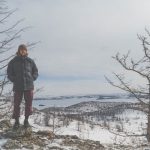




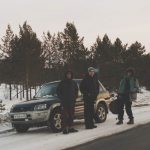
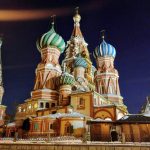

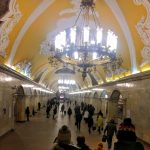
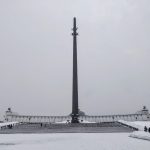
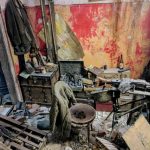
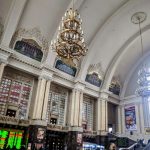
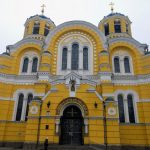
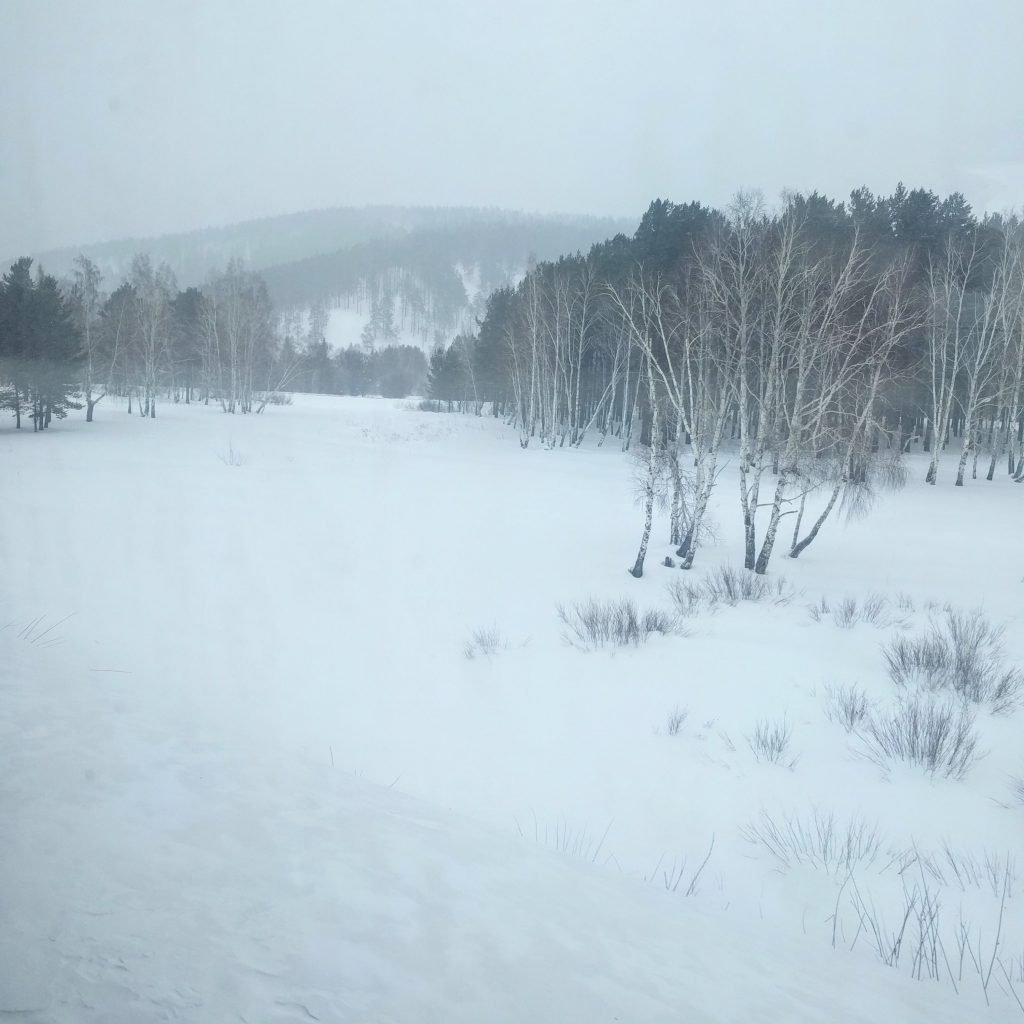
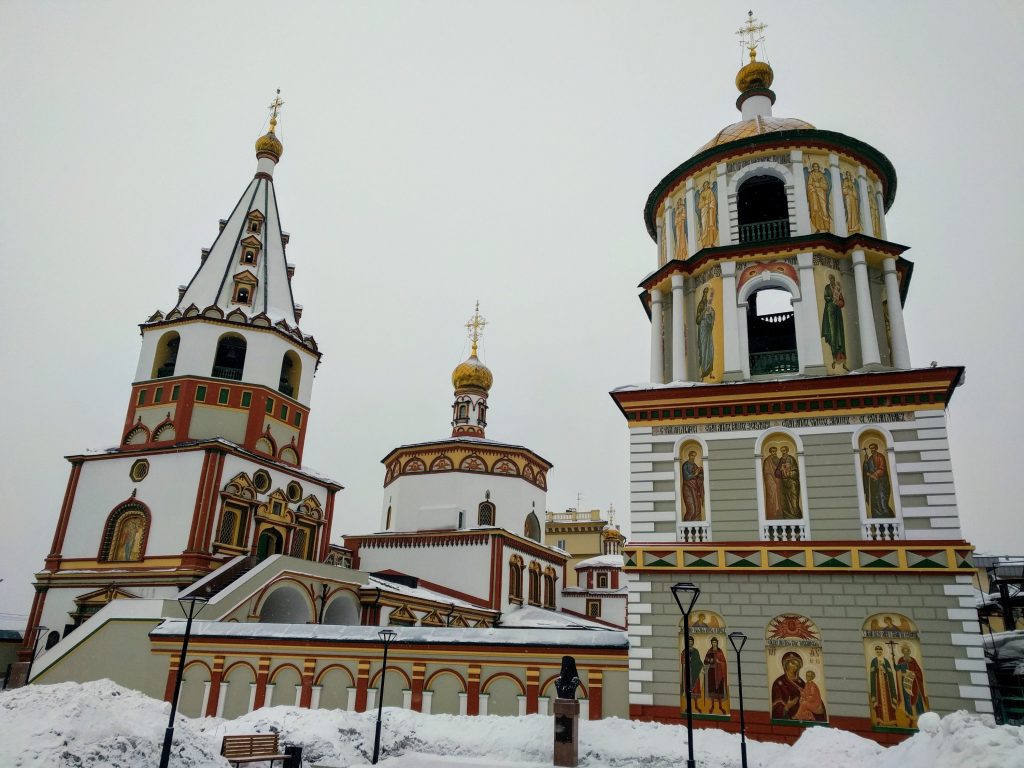

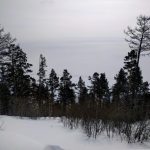
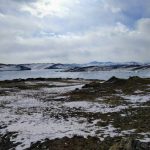
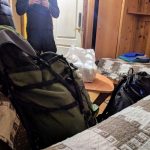


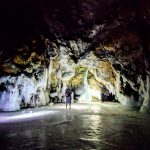

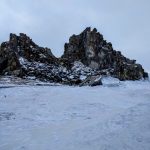
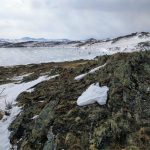
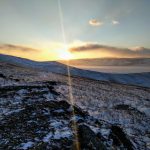
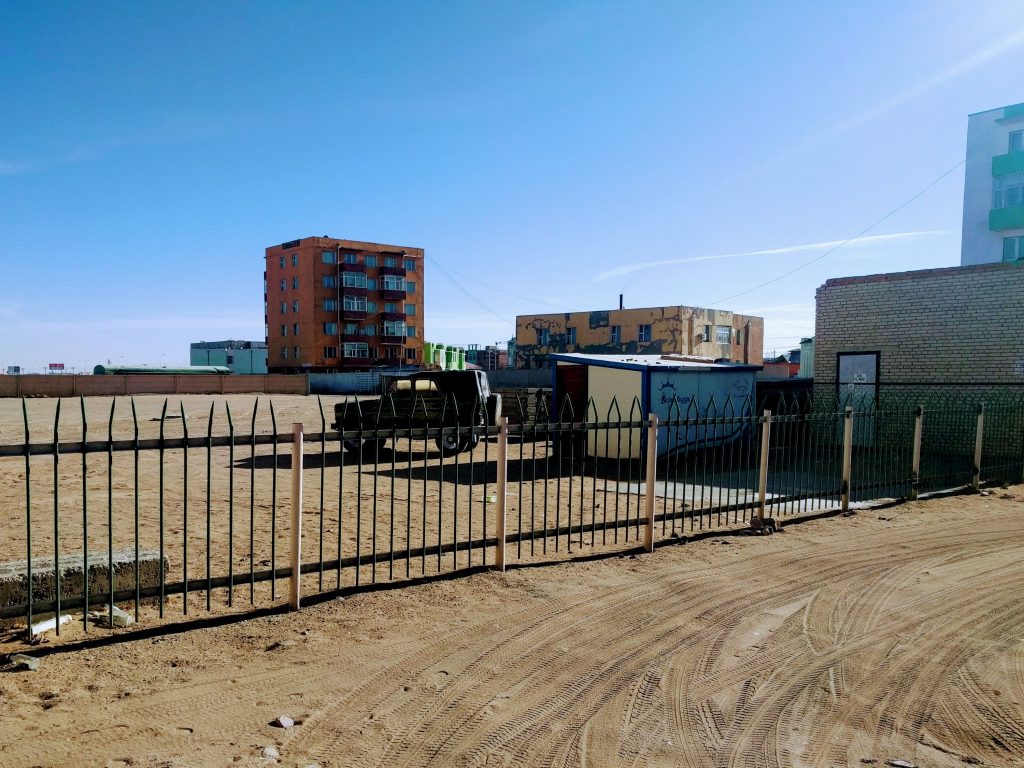
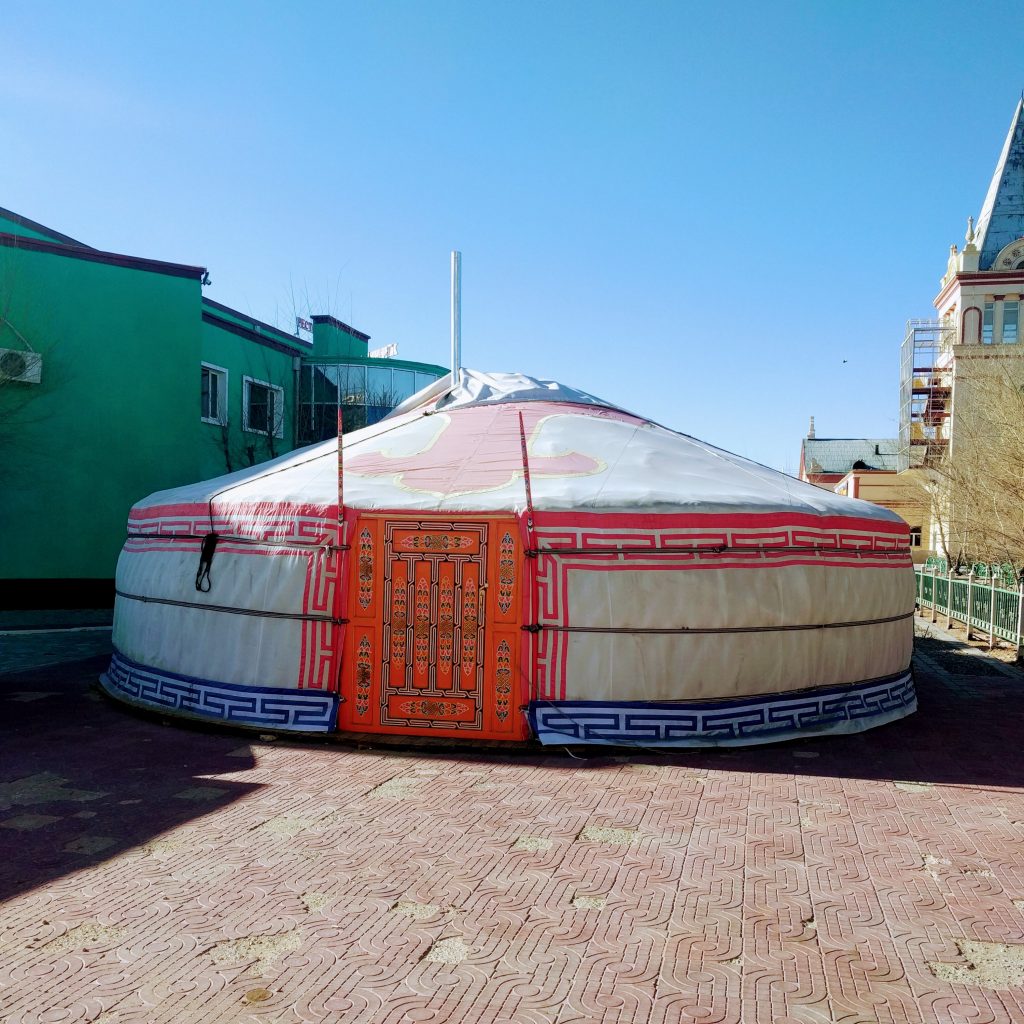
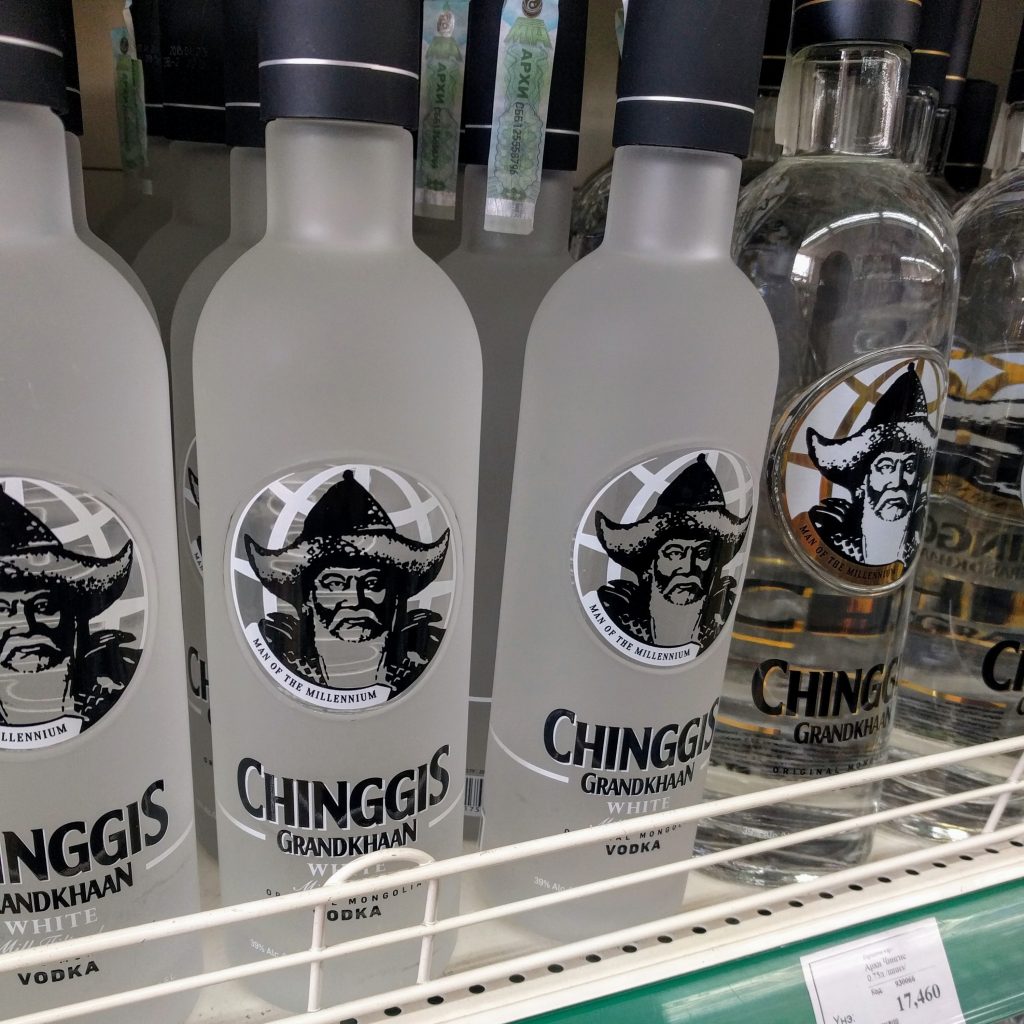 There is a huge respect for the great Genghis Kahn and his likeness appear everywhere from posters to cigarette and vodka brands.
There is a huge respect for the great Genghis Kahn and his likeness appear everywhere from posters to cigarette and vodka brands.